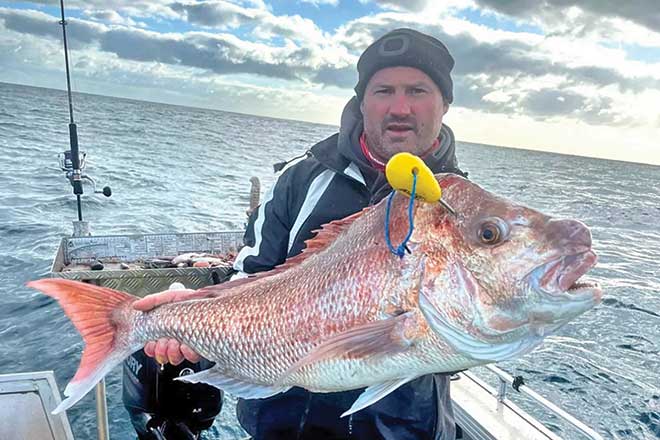In this three-part series, we take a look at those little extra steps that can make a lasting difference to the quality of your fish. for
This month it’s all about the thrill to kill then chill, taking into consideration factors such as handling, treatment and storage along the way.
In a nutshell, if I was to give every fish the best chance of being in prime condition by the time I’m ready to cook, I’d follow these steps.
Brain spike (iki jime), bleed the gills, ice slurry, gut, store under ice, scale, refrigerate overnight wrapped in Chux cloth, fillet, vacuum pack then freeze or make dinner plans.
Let’s expand each step.
Brain spiking
Brain spiking (or iki jime) is a Japanese method adapted worldwide that kills the fish by stopping the brain from sending any signals through the nerves.
What this means is that the blood can’t get flushed to stressed out muscles and lactic acid doesn’t build up creating faster deterioration of the flesh.
The difference when filleting is unreal – the brain-spiked fish offers a whiter tone and creamier texture compared to a sometimes-grainy look and tougher mouth feel.
I cannot recommend the Ikipik tool enough for this, for safety and functionality – no more snapped knifes or bloody hand injuries.
Bleeding the gills
Bleeding the gills helps to get any excess warm blood out the fish where it would usually congeal and contribute to faster spoilage.
Do this straight after spiking the fish, before the pulse rate slows down too much to pump any blood back to the heart.
Ice slurry
A small ice slurry will help to quickly cool the catch down and double as a bath to wash unwanted blood off, especially after gutting.
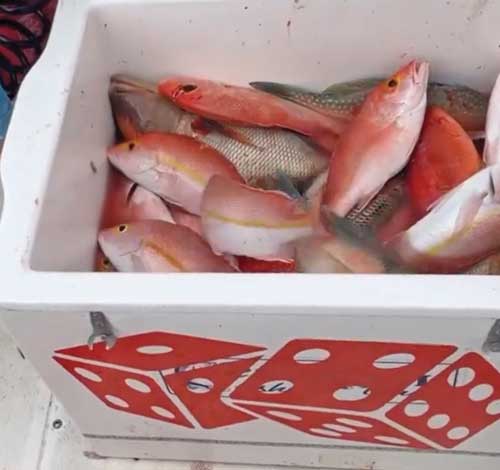
Gut
The only time I’ll leave the guts in is when I don’t plan on filleting fish immediately after I get home from fishing or with larger fish where filleting is made a little easier with the guts still in.
Otherwise, it’s best to just get it over and done with, to give yourself a cleaner space when filleting.
Store under ice
In the Esky, I use the cooling air that travels downwards to keep the space more like a fridge, rather than using the actual ice directly on the fish to chill it.
I’ll have ice in bags, so it doesn’t make the fish go blotchy from ice burning.
When I notice any pools of melted ice, I simply drain the Esky by unscrewing the bung.
Note, once dead, try not to handle by the tails, where the weight of the fish is being absorbed by the tail muscles.
This splits the grain on the fillets, resulting in poorer filleting and cooking quality.
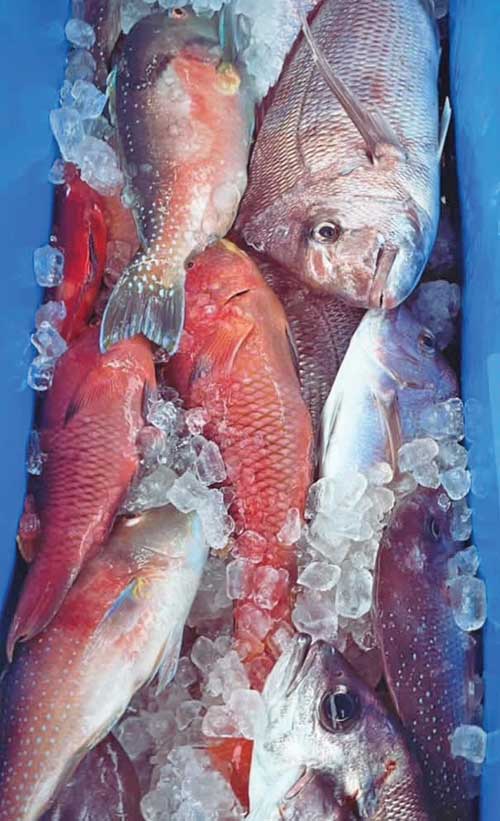
Scale
I leave the scales on to protect the fish from the ice and so the skin doesn’t absorb too much unwanted moisture.
Scale the fish anywhere except on a hot filleting table next to a boat ramp.
And avoid using warm water when scaling.
The temperature change has a cooking effect and will turn the flesh into a mushy texture.
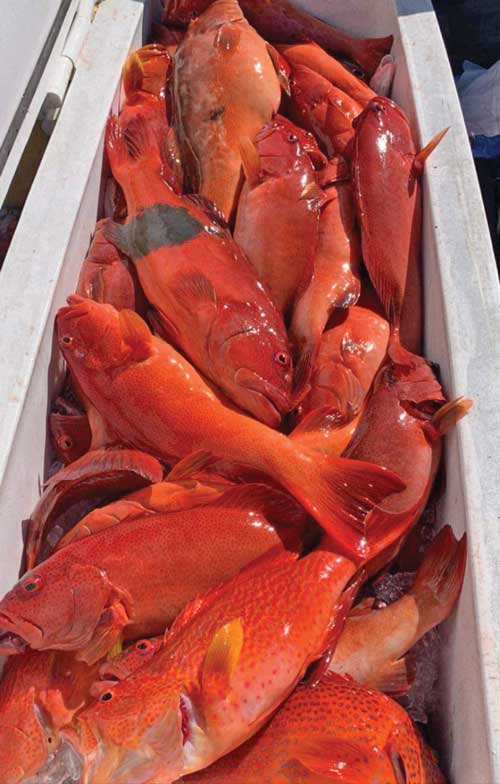
Refrigerate overnight
Unless I’m eating raw fish in the form of sashimi or ceviche (marinated and cured with citrus dressing), I prefer to give the flesh every chance of the proteins setting, which gives a nice firm fish to eat without damaging the grain of the flesh.
This is a vital part when it comes to filleting fish, which we will look at in further detail in Part 2 next month.
It might sound like a small detail, yet a firm intact fillet will transfer heat more evenly than a ripped piece.
Wrapping the fish in a Chux cloth helps with the absorption of any impurities and stops the fish from drying out or going soggy at points of contact against other fish.
Generally, don’t wrap fish in cling wrap and store in an airtight container – allow the fridge to air them out and dry them ever so slightly.
The less moisture there is, the better for cooking, especially grilling or barbecuing.
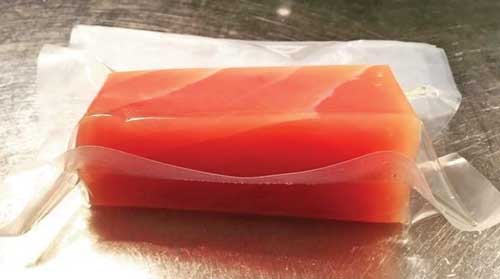
Vacuum pack
Speaking of moisture, the more there is, the shorter the shelf life of your fish before it turns and starts to lose it’s fresh appeal.
Even with freezing, the water content freezes and the cell structure of the flesh is burst, which makes for a softer mushier texture when defrosted.
That and the freezer taste you get if you’re not using a mini vacuum packing machine.
In an ideal world, we would all have deckhands and chefs to do the dirty work for us while we fished away, but let’s face it, that’s not happening.
So, I hope there are a couple of points to take into account the next time the fish are on, and the kill bin has the makings of a good filleting session for stocking the freezer or to shine at the family gathering.
That’s the storage covered.
Next month we’ll have a look at preparation to help maximise the eating quality.
As always, tight lines and stay safe.
 Bush ‘n Beach Fishing Magazine Location reports & tips for fishing, boating, camping, kayaking, 4WDing in Queensland and Northern NSW
Bush ‘n Beach Fishing Magazine Location reports & tips for fishing, boating, camping, kayaking, 4WDing in Queensland and Northern NSW

